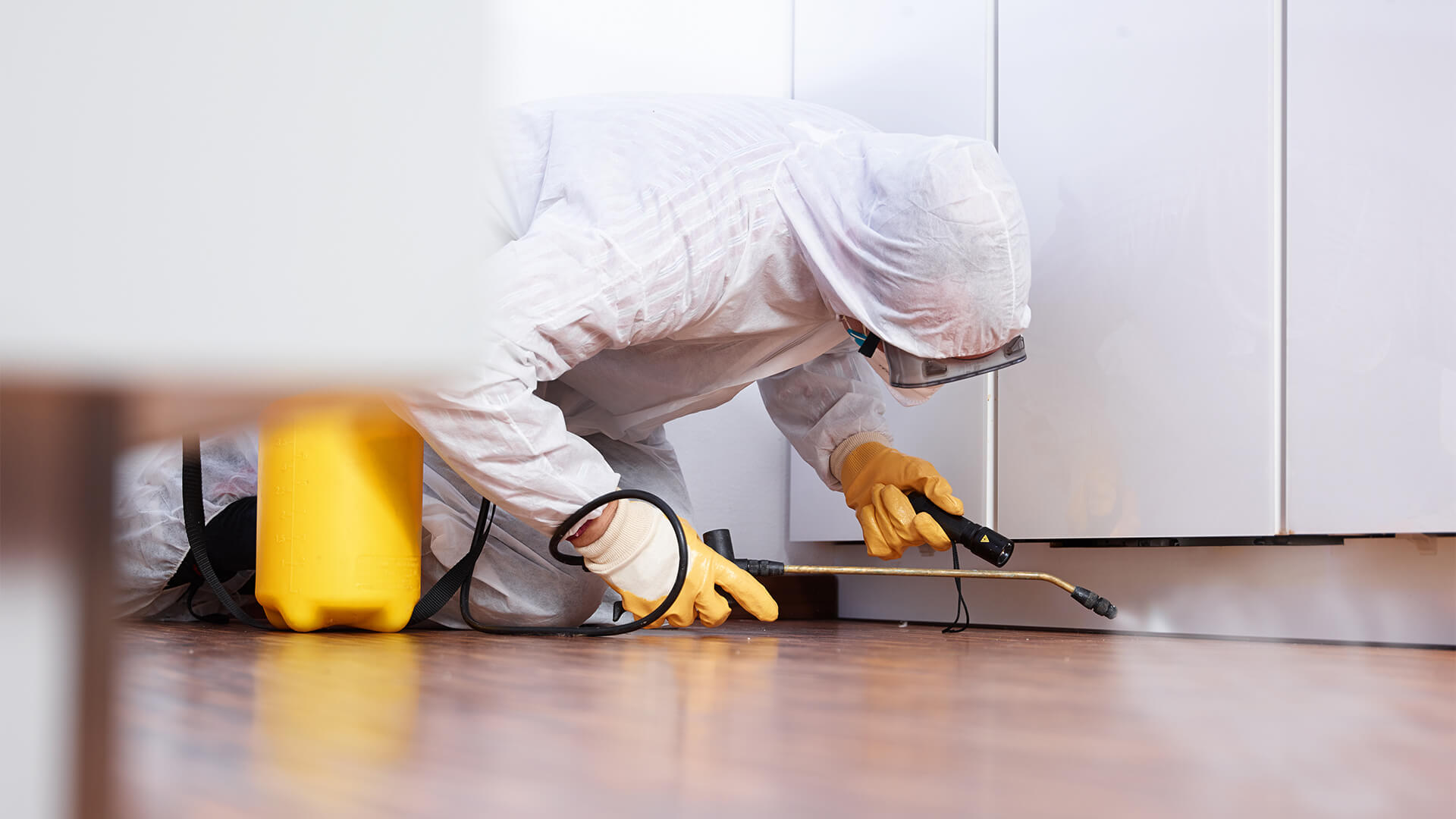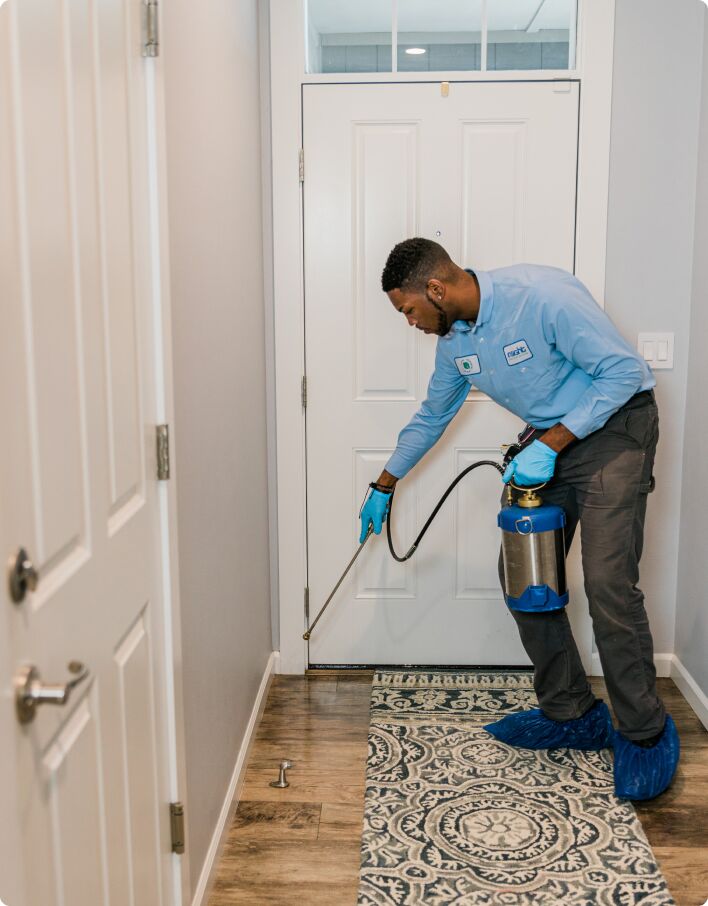Reliable Pest Control Services: An Extensive Check Out Extermination Techniques and Avoidance Measures
In the world of pest control services, the effective management of problems requires a thorough approach that integrates numerous methods and measures for both obliteration and prevention. From Integrated Insect Monitoring (IPM) techniques that focus on sustainable services to chemical elimination strategies designed for targeted elimination, the toolbox against parasites is multifaceted and substantial.

Integrated Pest Management (IPM) Strategies
Integrated Insect Administration (IPM) Methods incorporate a thorough strategy to pest control that concentrates on control, avoidance, and monitoring approaches to efficiently take care of pest populaces. By integrating different strategies, IPM aims to decrease the impact of parasites while likewise reducing the dependence on chemical pesticides. Avoidance lies at the core of IPM, stressing techniques like appropriate hygiene, maintenance of health, and securing entry indicate hinder insects from infesting buildings. Tracking plays an important function in IPM by on a regular basis examining and recognizing bug degrees to determine the ideal intervention thresholds. Control techniques in IPM focus on the usage of physical, biological, and cultural approaches before turning to chemical treatments as a last hotel. These methods consist of presenting natural killers, environment alteration, and employing trapping devices to keep parasite populations in check. In general, IPM cultivates a ecologically aware and sustainable approach to pest administration, promoting long-lasting options that guard both human health and the environment.
Chemical Elimination Methods
Chemical extermination strategies are frequently employed in pest control services to successfully eliminate insect populations that pose a danger to human health and home. These techniques involve using various chemical compounds specifically designed to target and eliminate insects such as bugs, rats, and various other unwanted animals. The application of pesticides, pesticides, rodenticides, and other chemical agents is very carefully controlled to ensure optimum performance while lessening risks to people, pets, and the setting.
One of the crucial benefits of chemical extermination strategies is their ability to give quick and targeted outcomes, making them particularly beneficial in cases of serious problems or immediate pest control requirements - a1 commercial pest control portland. Nevertheless, it is important to highlight the relevance of appropriate handling, application, and disposal of these chemical items to avoid unexpected injury
Furthermore, integrated insect management (IPM) strategies typically incorporate chemical elimination strategies with various other approaches such as hygiene, environment adjustment, and biological controls to create a sustainable and comprehensive bug control strategy. By including chemical extermination methods deliberately within an IPM structure, parasite control solutions can effectively manage insect populaces while reducing prospective risks to human health and wellness and the atmosphere.
Organic Parasite Control Methods
Employing natural killers and parasites to manage bug populations is a sustainable method called organic insect control. This strategy uses the natural devices of the ecological community to regulate insect populaces without counting on synthetic chemicals. One usual organic control technique involves presenting all-natural opponents of the target bug species, such as ladybugs for aphid control or nematodes for termite problems. These all-natural predators eat the bugs, assisting to maintain their populations in check.
Another reliable organic control approach is using microbial pesticides. These are normally occurring microorganisms, such as germs, viruses, and fungis, that specifically target and contaminate specific parasite types. By utilizing these microbial agents, parasite populaces can be efficiently reduced without hurting advantageous organisms or causing damage to the environment.
Physical Pest Avoidance Steps
Applying physical pest avoidance procedures entails using barriers and architectural adjustments to discourage pests from infesting a residential or commercial property or getting in (a1 pest control in portland oregon original site bed bugs). One effective technique is sealing all potential access factors such as spaces around doors, windows, and energy infiltrations. Installing door moves, screens on home windows, and securing cracks in the foundation can assist avoid pests like pests and rodents from getting inside your home. In addition, keeping a clutter-free and tidy atmosphere is essential as pests are attracted to food sources and concealing places. Routinely examining and fixing any kind of damaged screens, vents, or roofing floor tiles can additionally assist in keeping bugs out.
One more physical avoidance step is making use of barriers like fencing to keep bigger pests such as deer or raccoons far from the property. Installing mesh or cord displays around gardens can safeguard plants from being harmed by parasites. Proper waste management, including securing wastebasket with tight-fitting covers, is crucial in deterring insects like rodents, raccoons, and bugs. By applying these physical pest avoidance procedures, home owners can considerably lower the danger of bug problems and the damages they can create.
Specialist Bug Assessment Procedures
Conducting systematic and complete parasite assessments is a fundamental facet of professional parasite management methods. Specialist parasite assessors are educated to thoroughly take a look at buildings for indications of problems, identifying pest types, access points, and helpful problems. The inspection procedure typically starts with a detailed evaluation of rodent removal both the interior and exterior of the properties. This involves checking for bug droppings, nibble marks, nests, and any type of structural damage that might indicate bug activity. Additionally, examiners might make use of specialized tools such as moisture meters and borescopes to find hidden problems within walls or crawl areas.

Final Thought
To conclude, efficient insect control solutions employ a selection of techniques, consisting of Integrated Bug Administration methods, chemical elimination techniques, biological controls, and physical prevention actions. Professional Home Page pest assessment treatments play an important function in identifying and attending to pest issues in a timely fashion. By implementing a mix of these strategies, residential or commercial property proprietors can effectively avoid and take care of bug infestations.
From Integrated Parasite Administration (IPM) strategies that prioritize lasting services to chemical extermination techniques created for targeted elimination, the arsenal versus insects is substantial and complex.Integrated Parasite Management (IPM) Techniques include an extensive method to pest control that focuses on surveillance, control, and avoidance methods to effectively handle bug populations.Chemical elimination methods are commonly used in bug control solutions to properly eradicate pest populations that posture a danger to human health and wellness and home.Utilizing all-natural killers and parasites to handle pest populaces is a sustainable approach recognized as biological insect control.In verdict, reliable bug control services utilize a range of strategies, including Integrated Parasite Monitoring approaches, chemical extermination techniques, organic controls, and physical prevention procedures.
Comments on “A1 Pest Control Portland Bed Bugs - Professional Elimination Solutions”